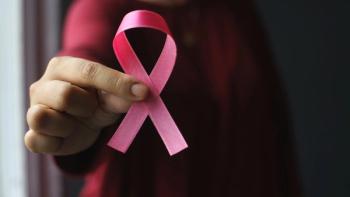
Blincyto Leads to High MRD Response in B-Precursor ALL
At least 80 percent of patients with B-precursor acute lymphoblastic leukemia had a complete minimal residual disease response after a single cycle of treatment with Blincyto (blinatumomab).
At least 80 percent of patients with B-precursor acute lymphoblastic leukemia (ALL) had a complete minimal residual disease (MRD) response after a single cycle of treatment with Blincyto (blinatumomab). The study results of the CD19-directed antibody was unveiled at the 2014 American Society of Hematology (ASH) annual meeting.
On December 3, 2014, the FDA granted an accelerated approval to Blincyto as a treatment for patients with Philadelphia chromosome-negative relapsed/refractory B-precursor ALL, based on findings from the full cohort of patients in the phase 2 trial. The approval came five months early, based on the Food and Drug Administration’s expected review timeline for the drug. (
In the phase 2 study reported at ASH, 103 patients were evaluable for complete MRD response, with 82 participants meeting the response criteria after one cycle of Blincyto, a bi-specific T-cell engager (BiTE) antibody construct. Blincyto’s anticancer activity comes from its ability to direct cytotoxic T-cells to CD19-positive cells, leading to serial lysis. CD19 is a highly specific B-cell marker and is expressed in more than 90 percent of B-cell malignancies.
An analysis that included all 112 patients who received at least one cycle of Blincyto showed that 88 patients (78 percent) met response criteria. An exploratory analysis of MRD response (as opposed to complete MRD response) showed that 96 patients met the criteria, including 82 in the primary efficacy analysis.
“Most patients achieved a complete MRD response within one cycle of treatment,” said Nicola Gokbuget, a hematologic oncologist at Goethe University Hospital in Frankfurt, Germany. “Responses occurred in all subgroups, including older patients and patients with high MRD levels.”
No predictive factor for MRD response was identified. The most common side effects reported were flu-like symptoms associated with T-cell activation.




